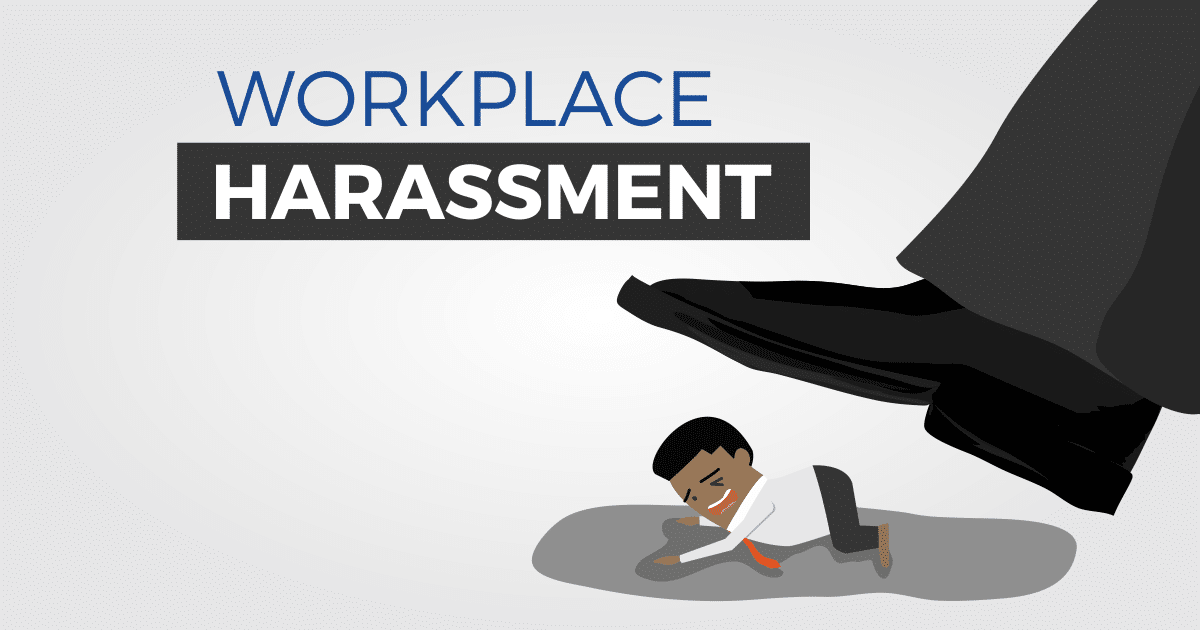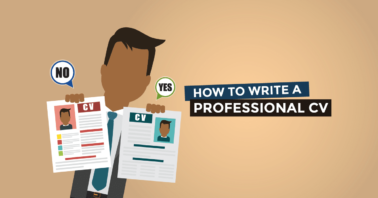Workplace harassment is a thing. Whether it is sexual or non-sexual, no employee should go through such as it can prove traumatic. Harassment in the workplace is always laden with coercion, molestation, abuse; emotional and physical, intimidation and a lot of power play.
Sometimes, the individuals being harassed don’t seem to even recognise it. Some are left frustrated and end up quitting their job since they are held to believe that they can do nothing about being harassed in the workplace. The legal dictionary defines it as the act of systematic and/or continued unwanted and annoying actions of one party or a group, including threats and demands.
Experts have stated that the purposes of workplace harassment may vary to include racial prejudice, personal malice, an attempt to force someone to quit a job or grant sexual favours, apply illegal pressure to collect a bill, or merely gain sadistic pleasure from making someone fearful or anxious.
Keeping quiet or leaving it to fate will dampen your motivation to work, affect your results and impact your job or career negatively. Are you experiencing workplace harassment or know someone going through such? Here are some ways to deal with it.
Table of Contents
1. Rules of Workplace Harassment
If you are being harassed by a group or individual at work, a great place to start dealing with it is to find out what the rules and policies of your employer says about it. Start by finding the rule-book of the company from the HR or requesting for it. It’s important to learn what the law at the place you work say about it and you should get the HR manager involved. Learn more about your rights and how they protect you.
2. Confront It
Confronting the individual or group harassing you could also be important to understanding why they abuse you and their intent. It would also help you find out if they have knowledge of it and also could be an avenue to collect proof from them as evidence.
3. Compile Your Evidence
Take note of the harassment and get evidence about it. Technology can help you here; think of the best way to capture the abuses in a video, audio or even via text format. Chronicling the harassment would help you make a case against the group or individual.
4. Report It
The next phase is to report your abuse to management with HR, your line managers and a colleague as a witness in the know in an ideal situation. However, in most cases, reporting workplace harassment is awkward and can lead to losing your job.
Losing your job can be devastating as a result of reporting it but you are better off out of such a workplace environment than remaining in it. Also, being asked to leave because of reporting workplace harassment can open the opportunity to sue both the organisation and your harassers.
5. The Decision to Sue
Based on the shreds of evidence, financial implication and other reasons best known to you as the individual being harassed, but also with the assistance of a lawyer, you might decide to sue or not.
6. Exit
Exiting the workplace where you are being harassed might eventually be your final option. Be professional about it. While job hunting, you should be on the lookout for signs of workplaces that condone harassments or don’t handle them seriously.
What other ways would you handle workplace harassment by a group or coworker? We will love to read about it in the comment section below.





